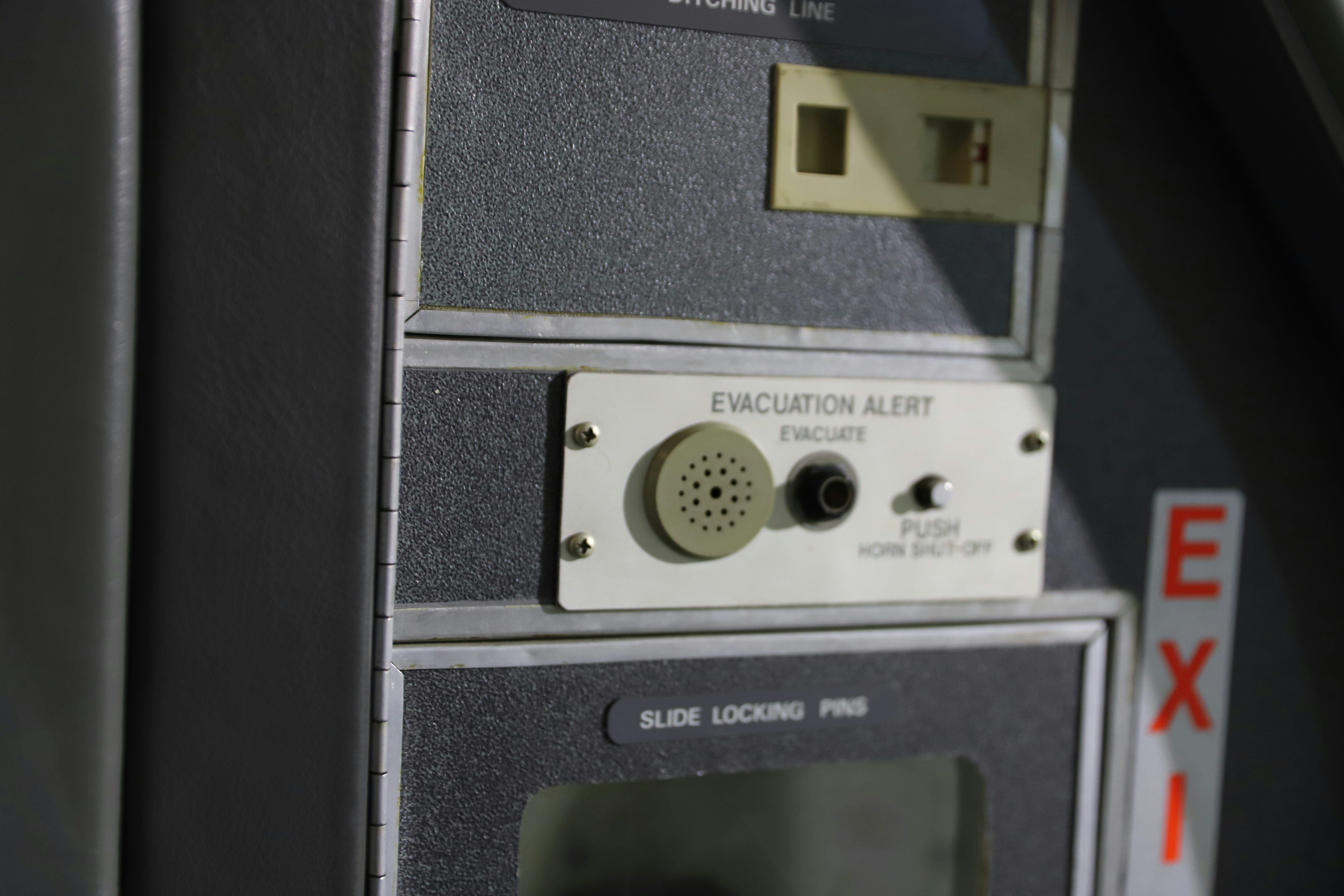
Introduction to In-Flight Safety Observations
Flight attendants are integral to in-flight safety, serving as the first line of defense against potential hazards that may arise during a flight. Their responsibilities extend far beyond simply attending to passenger needs; they are trained to observe various factors that could impact the safety and well-being of all aboard. One important yet often overlooked aspect of this role is the assessment of passengers’ footwear as part of their overall safety checks.
Upon boarding, flight attendants conduct a mental survey of the cabin and its occupants, paying close attention to various details, including the clothing and footwear of passengers. Footwear can significantly influence a passenger’s ability to respond during an emergency situation. For instance, shoes that are too tight or have inadequate grip may impede mobility during a critical evacuation scenario. By making subtle observations about the types of footwear passengers are wearing, flight attendants can better prepare for potential emergencies.
Different types of footwear present different challenges. High-heeled shoes, flip-flops, and inadequate footwear can hinder swift movement, which is essential during an emergency. As such, flight attendants are trained to gauge these factors quickly and discreetly, allowing them to provide assistance or guidance if necessary. The observation of footwear choices also reflects larger safety protocols, as certain types of shoes may not comply with safety regulations dictated by aviation authorities.
In the context of air travel, where a variety of passenger preferences converge, understanding the implications of footwear choices is crucial. The focus on in-flight safety encompasses many elements, one of which is the everyday decisions passengers make regarding their attire. By recognizing the potential risks associated with footwear, flight attendants contribute significantly to the overall safety of the flight, ensuring that everyone is prepared and informed in case of unforeseen events.
The Significance of Shoe Choices on Board
When it comes to air travel, the type of footwear passengers choose to wear can have critical implications for safety and mobility, particularly during emergency situations. Each passenger must consider not only the comfort and style of their shoes but also how these choices may impact their ability to respond swiftly in the event of an evacuation. For instance, high-heeled shoes are a popular choice among many travelers, but they can pose significant risks during evacuations. The instability and reduced traction associated with heels can hinder quick movement and increase the likelihood of falls, especially on an inclined surface such as an airplane exit.
Conversely, flat shoes or those designed with grip can enhance mobility and safety. Athletic shoes or slip-resistant footwear typically provide a more stable base, promoting better balance and quicker escape during an emergency. Sandals, particularly those without back straps or with smooth, slippery soles, can also create hazards. These types of shoes can easily slip off when running or navigating through crowded aisles, potentially leading to stumbling or injuries.
In addition to style, the material and weight of shoes are also important. Lightweight shoes made from flexible materials allow for easier movement and pivoting, while heavy boots can impede quick action. Furthermore, the presence of protective elements, such as reinforced toes, may not be relevant in everyday situations but can offer additional safety if a passenger needs to escape an aircraft swiftly and safely.
Ultimately, footwear plays a pivotal role in ensuring passengers can react promptly and effectively in emergencies. By selecting appropriate shoes, travelers contribute not only to their individual safety but also to the overall safety of fellow passengers during critical situations. Being mindful of shoe choices is an often-overlooked aspect of travel preparedness.
Flight Attendants’ Training and Perspective on Passenger Safety
Flight attendants undergo extensive and rigorous training to ensure passenger safety during flights. This training encompasses a wide range of topics, from emergency procedures and first aid to service protocols and the importance of a professional appearance. A significant aspect of their instruction revolves around assessing the readiness of both the cabin and its occupants, which includes a critical look at passengers’ attire, especially footwear.
Footwear plays a crucial role in a passenger’s ability to navigate the aisles, participate effectively in emergency evacuations, and respond timely during any urgent situations. Flight attendants are trained to observe whether passengers have chosen appropriate shoes for flying. This assessment can reveal much about a passenger’s preparedness and awareness of their surroundings. For instance, a passenger wearing flip-flops may indicate a lack of consideration for safety protocols, as such footwear can hinder quick movement should an emergency arise.
Many flight attendants share anecdotes that underscore the significance of appropriate footwear. One attendant noted an instance where a passenger in stilettos struggled to evacuate the aircraft during a safety drill. Such observations reinforce the idea that proper footwear is not merely a matter of personal comfort but a vital component of overall safety practices on an aircraft. Flight attendants often emphasize that they recommend sensible shoes for all travelers as a basic common-sense approach to flight safety.
Moreover, the presence of obstacles such as loose or inappropriate footwear can hinder proper movement during boarding and deplaning. Flight attendants are trained to be proactive, alerting passengers about potential hazards and advising them on appropriate attire for travel, including the all-important careful selection of footwear. Through their training and conscientious approach, flight attendants contribute significantly to passenger safety and preparedness in the skies.
Tips for Choosing Safe and Practical Shoes for Flying
When it comes to air travel, selecting the appropriate footwear is essential for both comfort and safety. With security checks and the chance of an emergency situation, it is crucial to choose shoes that allow for ease of movement and adherence to safety protocols. Here are several key factors to consider when selecting footwear for your flight.
First and foremost, comfort should be a priority. Opt for shoes that fit well and provide adequate support, as traveling often involves long periods of standing or walking through airports. Shoes with cushioned insoles can enhance comfort, while those made from breathable materials help to prevent overheating and discomfort during the journey. Comfort can significantly affect your travel experience, making it essential to choose footwear thoughtfully.
Stability is another important aspect. Shoes with a good grip can help prevent slips and falls, particularly in crowded or wet airport environments. Look for footwear with non-slip soles, as they can provide extra traction. If traveling internationally, consider the terrain you may encounter; stable shoes are especially beneficial when navigating unfamiliar environments or uneven surfaces.
Ease of removal is also a crucial factor to consider during air travel. Shoes that can be easily taken off and put on will expedite the security screening process. Avoid complicated laces or buckles; instead, opt for slip-on shoes or ones with simple fastening mechanisms. This will not only save time but also help to reduce delays for you and fellow travelers at security checkpoints.
Incorporating these elements—comfort, stability, and ease of removal—into your footwear selection will empower you to travel more safely and comfortably, enhancing your overall flying experience while ensuring you are prepared for any unforeseen situations that may arise.







